The end of the classic office era? Hybrid work takes over even in a private law firm
The pandemic pushed people home en masse two years ago, and that even seemed nice. Commuting to work did not cost time or money, and families could be together more. Now people are moving back to normal work, but not everyone want to leave their home office. Let’s look at how to attract employees back to the workplace on the example of the domestic law firm Sorainen.
Freedom to choose where you work
“The share of home offices has definitely increased, but I don’t think the offices will go away,” says Interior Architect Tiiu Rull. People and their needs for work are different, which means that the reality in the future is likely to be somewhere in the middle: people will remain at work both at home and in the office. “The freedom to work from home is invaluable, but so is the opportunity to leave the home environment to meet colleagues face to face,” she adds.
There are different tastes equal to the number of people in the world and the same goes for office furnishings. For some, coloured furniture is more important, for others the location of the office is paramount. In some, an open office is stressful, while in others, meeting with colleagues is a source of energy. “That’s why a good office environment is diverse,” says Rull. So, there must be places in the office for people to be alone, to concentrate or to rest. There must be places for relaxing. Open space and plants are definitely a big plus.
“Above all, the employer should communicate with its employees to understand their needs and wishes,” says the Interior Architect. Then it is possible to start looking for solutions on how to fulfil their wishes as well as possible and create an office that is most suitable for employees.
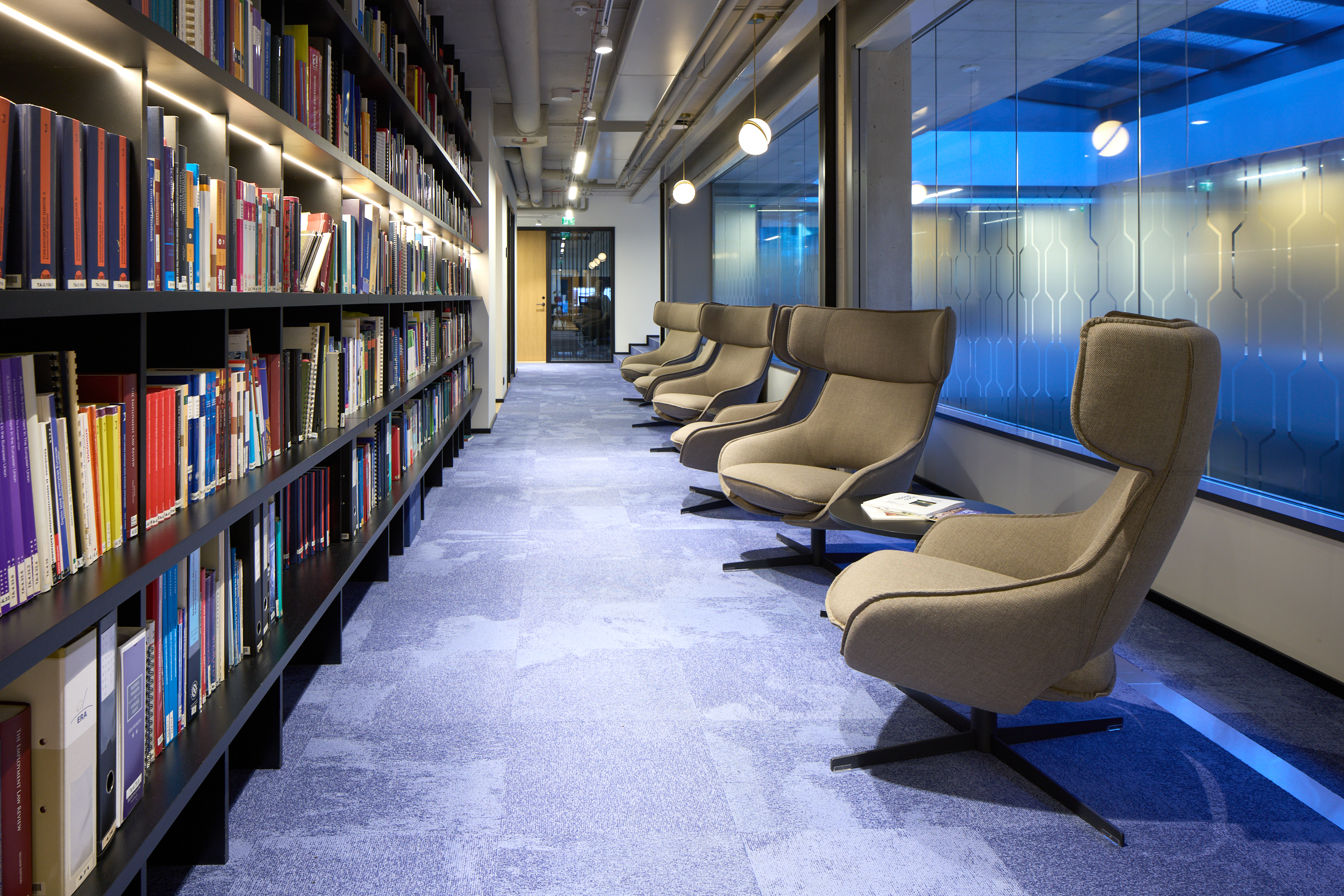

The office is a central meeting place
One good example of a modern but specific work environment is the new office space of the law firm Sorainen in the Rotermann quarter in the centre of Tallinn, which was designed by Tiiu Rull and furnished with OCCO.
Sorainen’s goal was to create a cosy and supportive work environment that corresponds to today’s work organisation. To this end, the company conducted a survey among its employees, which revealed that the possibility of hybrid work is important. The office will remain a central meeting place and place of cooperation, but most employees will also use the possibilities of the home office.
“In the case of this project, it is possible to point out how there was a very close cooperation between the management and the employees already during the planning process,” Rull notes. As a result of such communication, very good preliminary work was done within the company and all wishes were mapped.
“The most difficult task turned out to be to accommodate all the wishes on the 1,400 square meters that was available,” says Rull. By its nature, a law firm requires a lot of privacy, i.e. instead of an open office, a cabinet system is used, which requires more space. But here, too, the pandemic and the growing share of home offices have left their mark. “Both cabinets and meeting rooms were cut back on and a separate toilet for men and women was abandoned,” Rull describes.
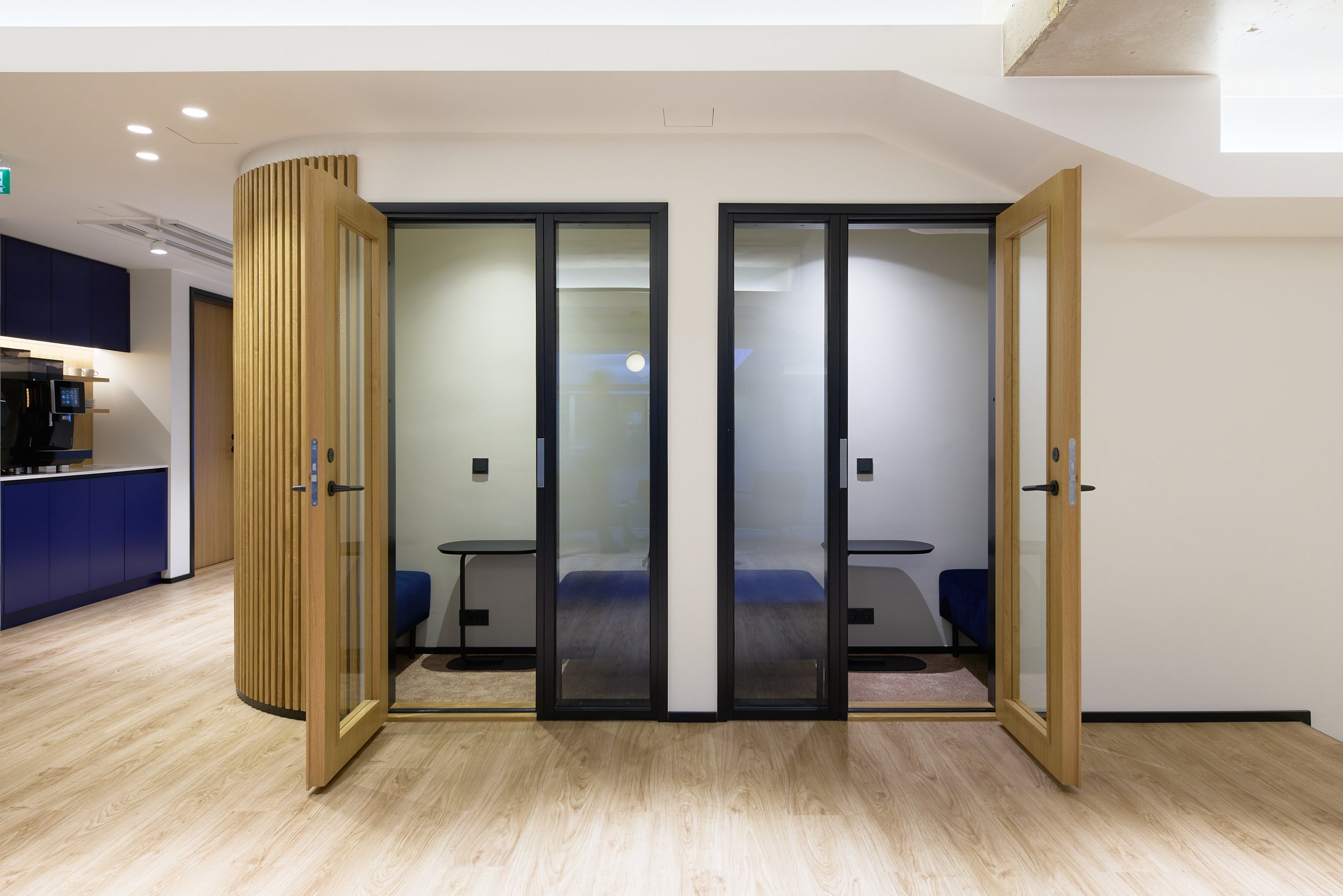
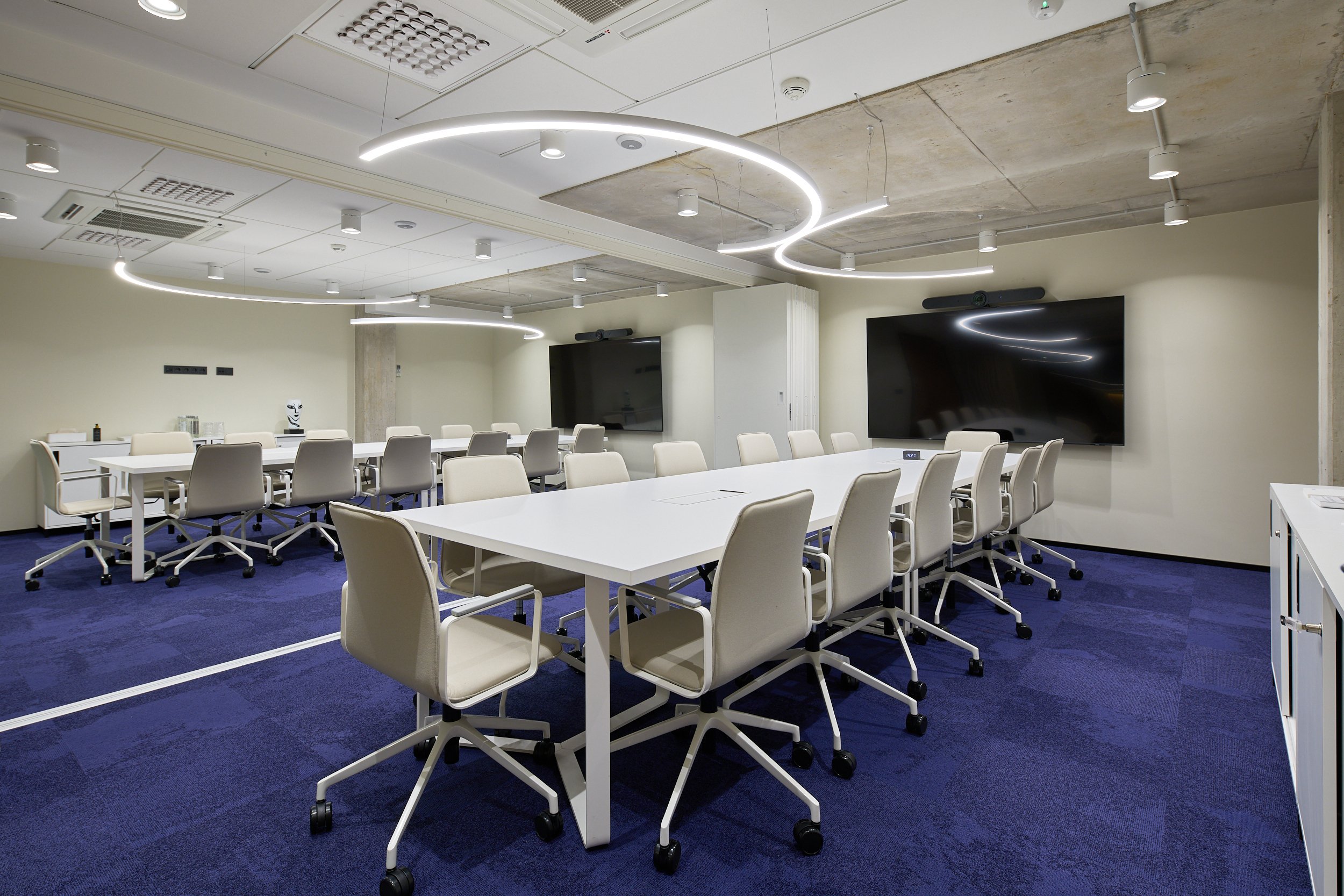
OCCO makes the work of interior architects easier
He notes that cooperation with OCCO has made life much easier for interior architects. As the interior designer must be familiar with a very large number of products, OCCO is very helpful in finding the right one. “There are a huge number of manufacturers in Europe, and on OCCO platform, you will find the most suitable products among more than 800 suppliers,” says Rull.
The customer also benefits greatly from this – they can order all the furniture from one place. “This will save us and our customers a lot of time,” says Rull.
The pandemic caused a huge increase in prices
According to Rull, the most noticeable consequence of the pandemic has been a sharp rise in the price of materials. “The price noted still in the design process may increase significantly during the actual purchase and construction,” she notes. However, there haven’t been any major changes in the design. The corridors have not suddenly become three meters wide, so that it is convenient to keep a distance of two meters with colleagues.
If you look at the details that need special attention today, the pandemic has raised the issue of proper ventilation in almost all offices. “All offices are currently looking for ways to provide even better places for hygiene,” says Rull. Designers have brought to market a wide range of disinfectants that are both built-in and stand-alone – so you can pick just the right one for your business.
There is also a green revolution happening in the offices
The ever-increasing green revolution is also forcing offices to think about how to expand their waste sorting capabilities. “Today’s office must create simple and logical ways for employees to sort waste and think about saving energy in general,” says Rull.
If you look at the offices of the future, they will become more and more sustainable and versatile. This applies to the organization of the daily life of the employees as well as to the construction and furnishing of the office. “In addition to waste management and more energy-efficient use, the use of recycled materials in both finishing and furnishing is becoming more and more prominent,” notes Rull.
And another interesting trend. People are now also thinking about what application the premises could have when the working day is over.
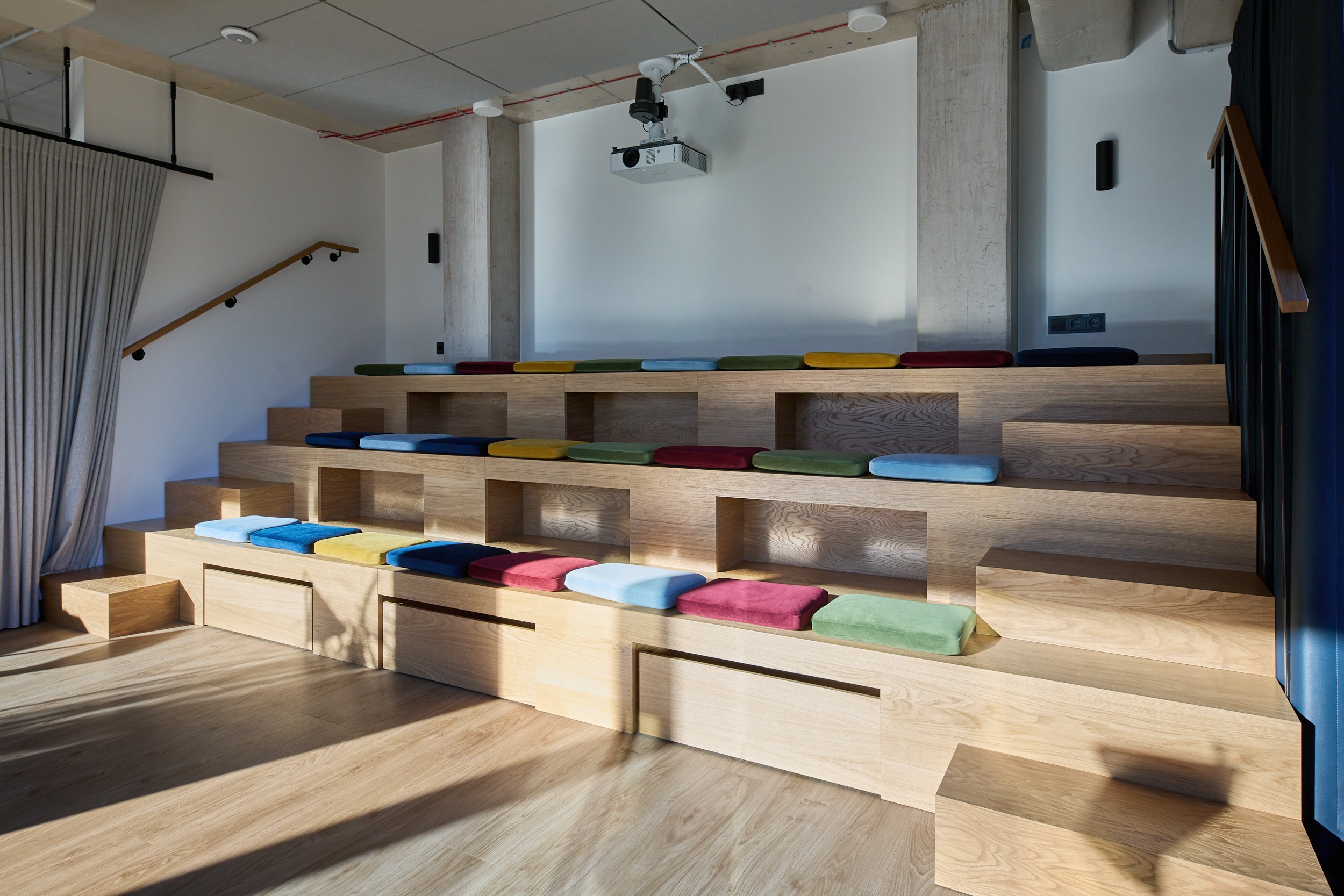
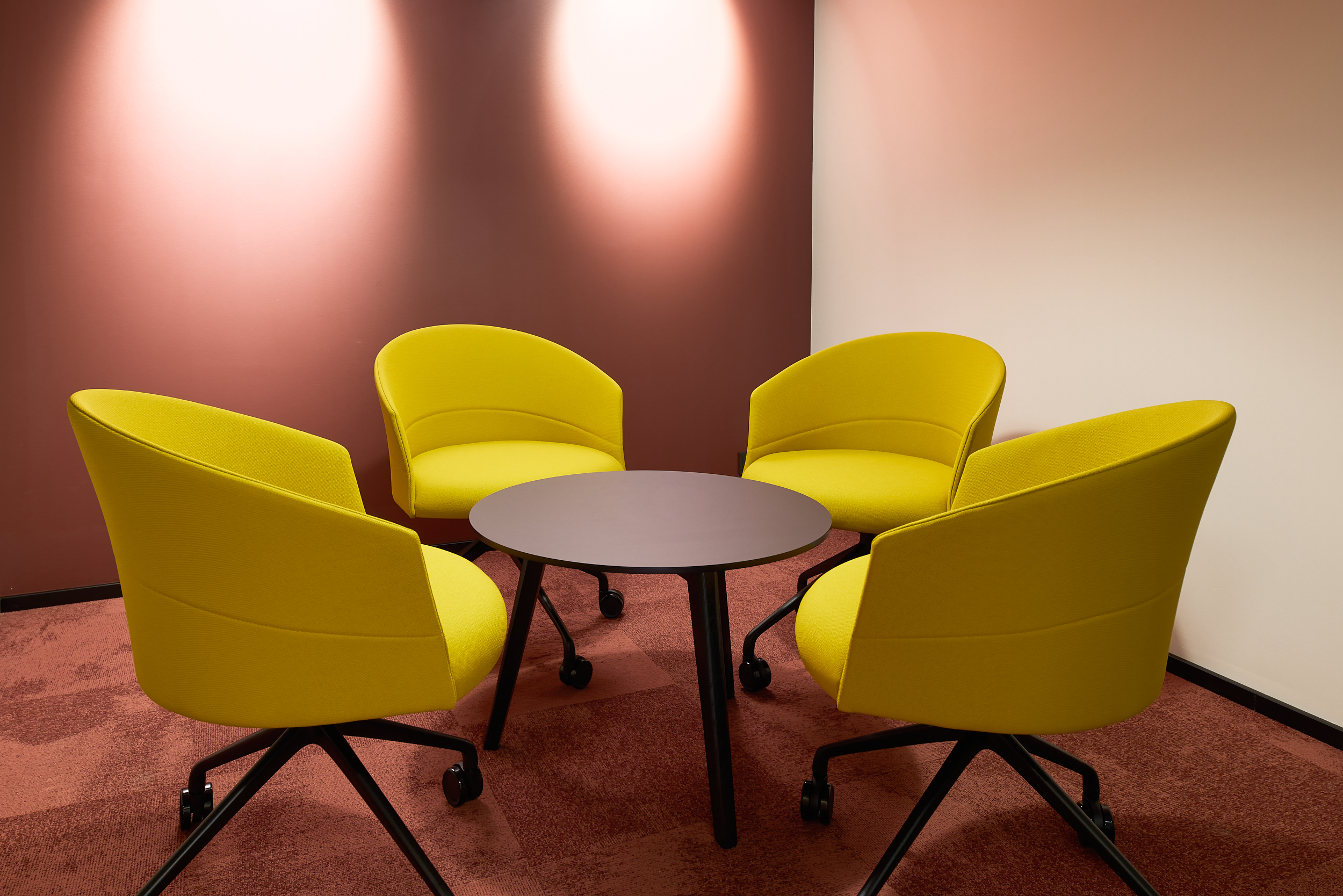
Our news
See all news
January 16, 2023
What makes start-up offices so special that employees enjoy spending time there even after the end of the working day?
January 9, 2023
kood/Jõhvi coding school co-director Karin Künnapas: anyone can write code with enough motivation and interest
December 20, 2022
Office from the future: The new space for Ogre looks like an office from the 2030s
December 20, 2022
Fujitsu Property and Workplace Standards Manager Olly Dickinson: The Tallinn office is the most exciting project of the last seven years!
December 7, 2022
Sauna, massage chair and a library: the brand new office of Skeleton Technologies makes you want to live there
October 24, 2022